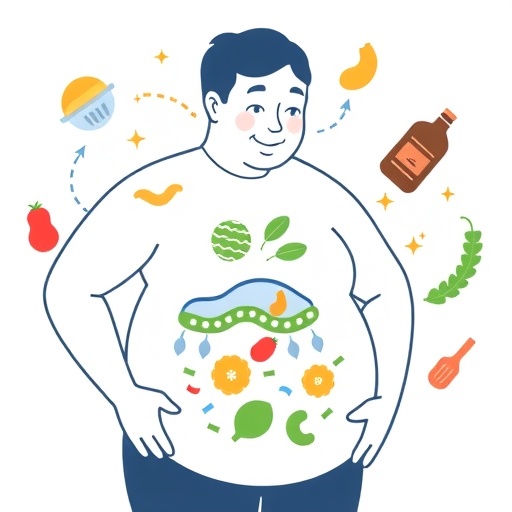Nanoparticle delivery offers hope to those with peripheral artery disease

Credit: UT Arlington
A University of Texas at Arlington bioengineer is designing a nanoparticle delivery system that will take needed plasmids to arteries in patients who are suffering from peripheral artery disease (PAD) in their arms and legs.
A plasmid is the genetic structure in a cell that can replicate independently of chromosomes and often is used in the laboratory for the manipulation of genes.
Kytai Nguyen, the lead investigator and a professor of bioengineering, received a three-year, $442,549 grant from the National Institutes of Health for the project. With these funds, she will be able to provide for two doctoral students and four undergraduates, who will gain experiences on cell studies and the fabrication and characterization of nanoparticles.
“This grant could help us find better, less invasive ways for people to cope with peripheral artery disease,” Nguyen said. “When arteries become constricted, it’s more difficult for them to carry oxygen and blood to that body part, usually the leg for PAD. It can lead to muscle pain and numbness even when at rest, along with subsequent complications like critical limb ischemia, stroke and heart attack.”
Peripheral artery disease affects more than 200 million people worldwide and is associated with high rates of amputation, morbidity and mortality. Nguyen said this research will reduce these complications and improve the quality of life for PAD patients.
“The nanoparticles we’re developing are biodegradable and will deliver a combination of plasmids that protect cells under stress and facilitate the effective growth of new blood vessels to bridge over narrowed arteries and restore blood supply,” Nguyen said. “What’s more is that the research produces blood vessels again via the use of nanoparticles and nanotechnology for gene therapy.”
Michael Cho, chair of the UT Arlington Bioengineering Department, said Nguyen’s innovative research could offer hope to those who live with PAD.
“If successful, this new treatment could outline a solution for so many people around the world who suffer from this common malady,” Cho said. “No current research has been done to investigate the use of these plasmids for helping PAD. The use of these plasmids utilizes recent advances in both vascular tissue engineering and nanotechnology.”
###
Media Contact
Herb Booth
[email protected]
Original Source
https:/





